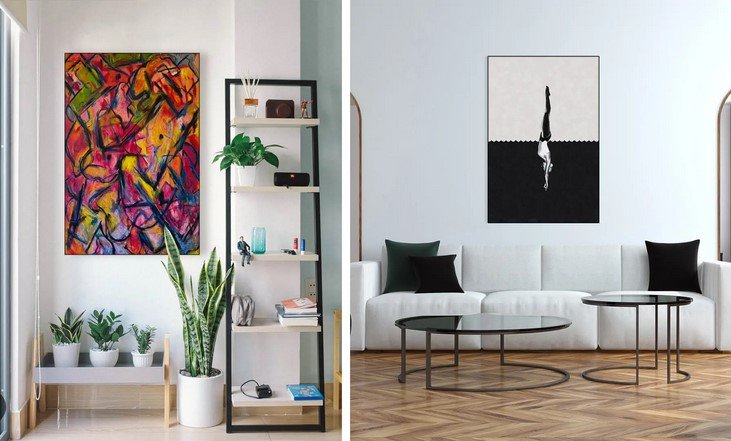Minimalism vs. maximalism in design presents two contrasting approaches that influence aesthetics, functionality, and user experience. Both design philosophies have unique principles and can be employed effectively depending on the context. Understanding the strengths and applications of minimalism and maximalism helps in selecting the right approach for specific design projects.

Minimalism: Embracing Simplicity
Minimalism vs. maximalism in design often begins with an exploration of minimalism. It focuses on simplicity and functionality by reducing design elements to the essentials. This approach emphasizes clean lines, open spaces, and a restrained color palette. The primary goal is to create a design that is uncluttered and easy to navigate.
In minimalism, every design element serves a purpose. Excess decorations and unnecessary features are removed, leaving only what is necessary. This design philosophy can lead to a timeless and elegant aesthetic. For example, in a minimalistic website design, a simple layout with ample white space can enhance readability and user experience.
Minimalism also promotes efficiency and clarity. By focusing on essential elements, users can quickly understand the content and navigate through the design. This approach is particularly effective in environments where simplicity and functionality are key, such as modern office spaces and minimalist product designs.
Maximalism: Celebrating Richness and Detail
In contrast, minimalism vs. maximalism in design highlights the vibrancy of maximalism. Maximalism embraces richness and complexity by incorporating an abundance of elements. This approach often includes bold colors, intricate patterns, and diverse textures. Maximalism values visual stimulation and expression, celebrating opulence and abundance.
Maximalist design thrives on layering and detail. Unlike minimalism, which strips away the non-essential, maximalism adds depth and personality through a mix of contrasting elements. For instance, a maximalist interior design might feature a variety of patterns, textures, and colors, creating a space that feels dynamic and lively.
This design philosophy can be particularly effective in contexts where creativity and personal expression are valued. Maximalism allows for a more eclectic and personalized design, making it suitable for spaces like artist studios or creative work environments where visual interest and character are important.
Comparing Applications of Minimalism and Maximalism
When comparing minimalism vs. maximalism in design, it is crucial to consider the intended application. Minimalism is often chosen for projects requiring a clean, modern look with a focus on functionality. In contrast, maximalism may be preferred for projects where visual richness and personality are desired.
For example, in product design, minimalism might lead to a sleek, user-friendly interface with essential features, while maximalism could result in a product with elaborate details and customizations. In branding, minimalism might involve a simple, iconic logo, while maximalism could feature a complex and ornate brand identity.
Balancing Minimalism and Maximalism
Comparing design philosophies does not always require choosing one approach over the other. Often, designers find ways to balance these philosophies to create unique and effective solutions. Combining minimalist principles with maximalist elements can yield designs that are both functional and visually captivating.
For example, a minimalist website might incorporate maximalist elements in its graphics or content. This approach allows for a clean and user-friendly layout while adding visual interest and depth through detailed illustrations or vibrant images. Balancing minimalism and maximalism can create a harmonious design that leverages the strengths of both philosophies.
Conclusion
In conclusion, minimalism vs. maximalism in design represents two distinct approaches with unique strengths and applications. Minimalism focuses on simplicity and functionality, while maximalism celebrates richness and detail. Understanding these design philosophies helps in selecting the right approach for specific projects. By balancing minimalism and maximalism, designers can create compelling and effective designs that meet diverse needs and preferences.











